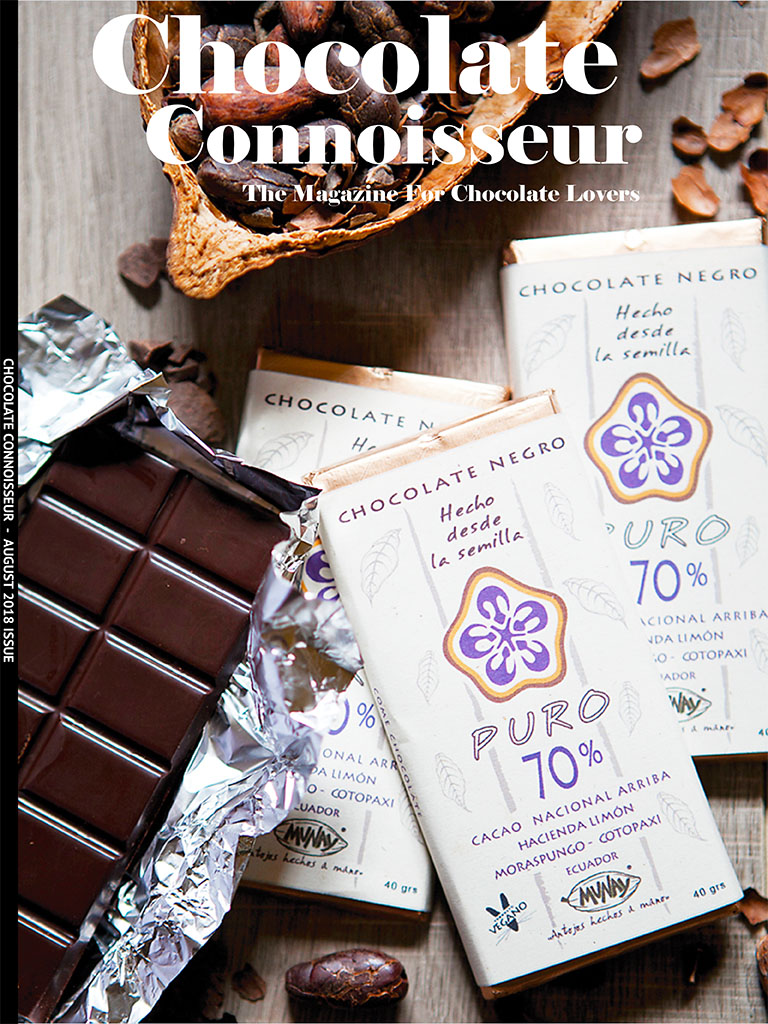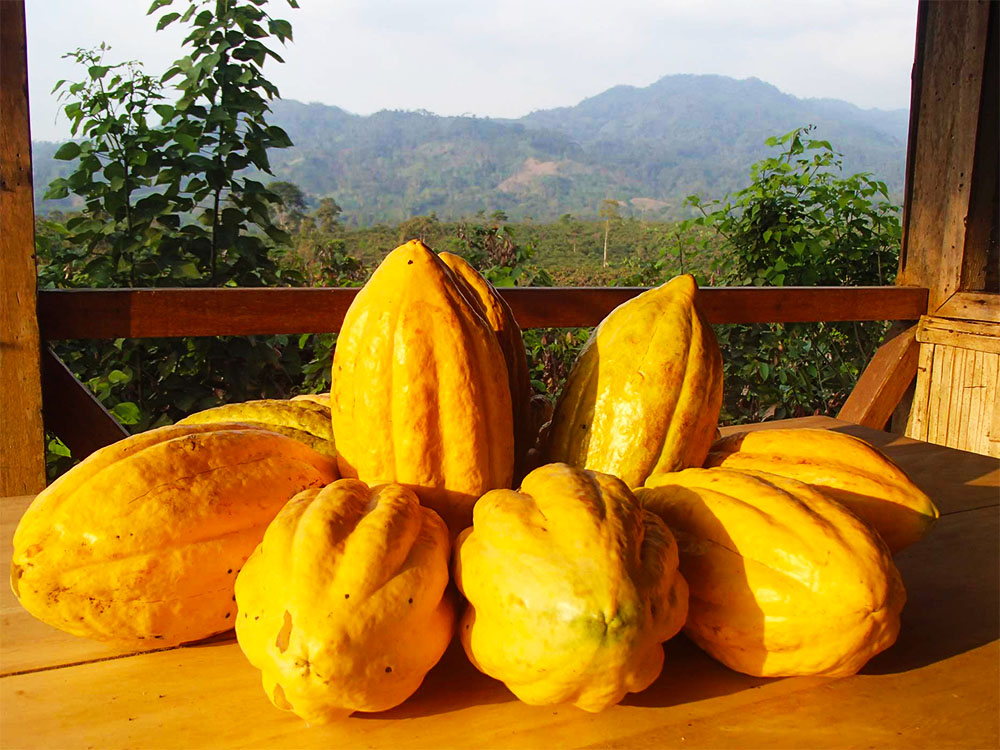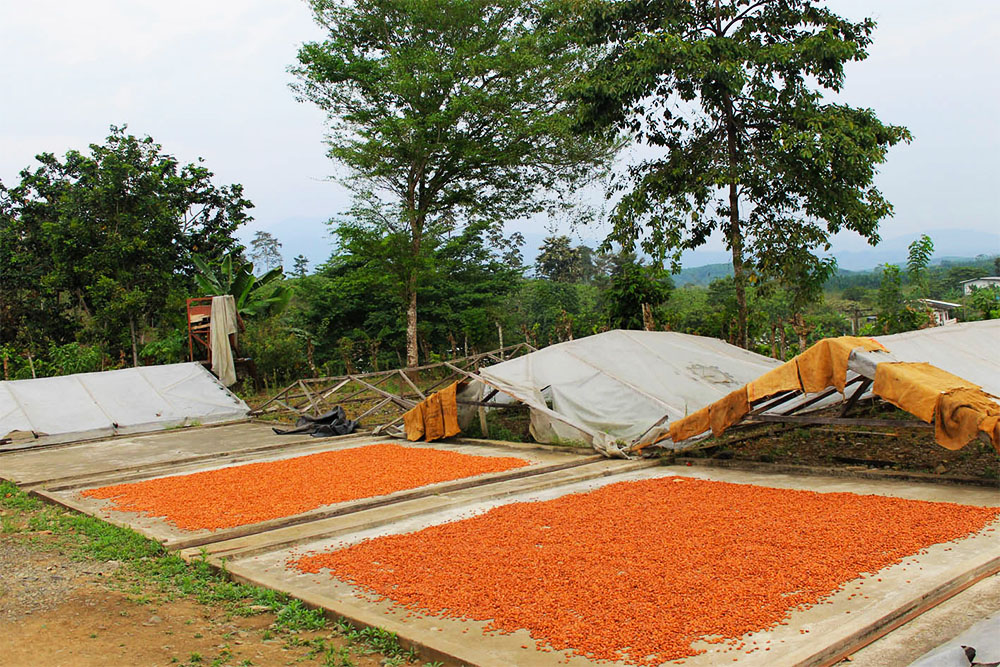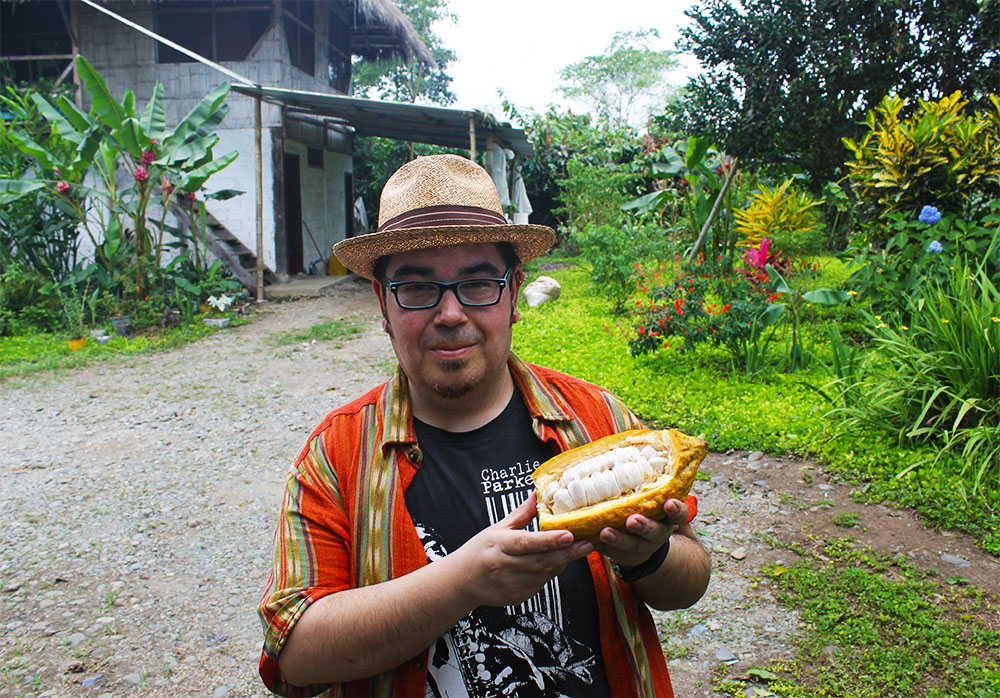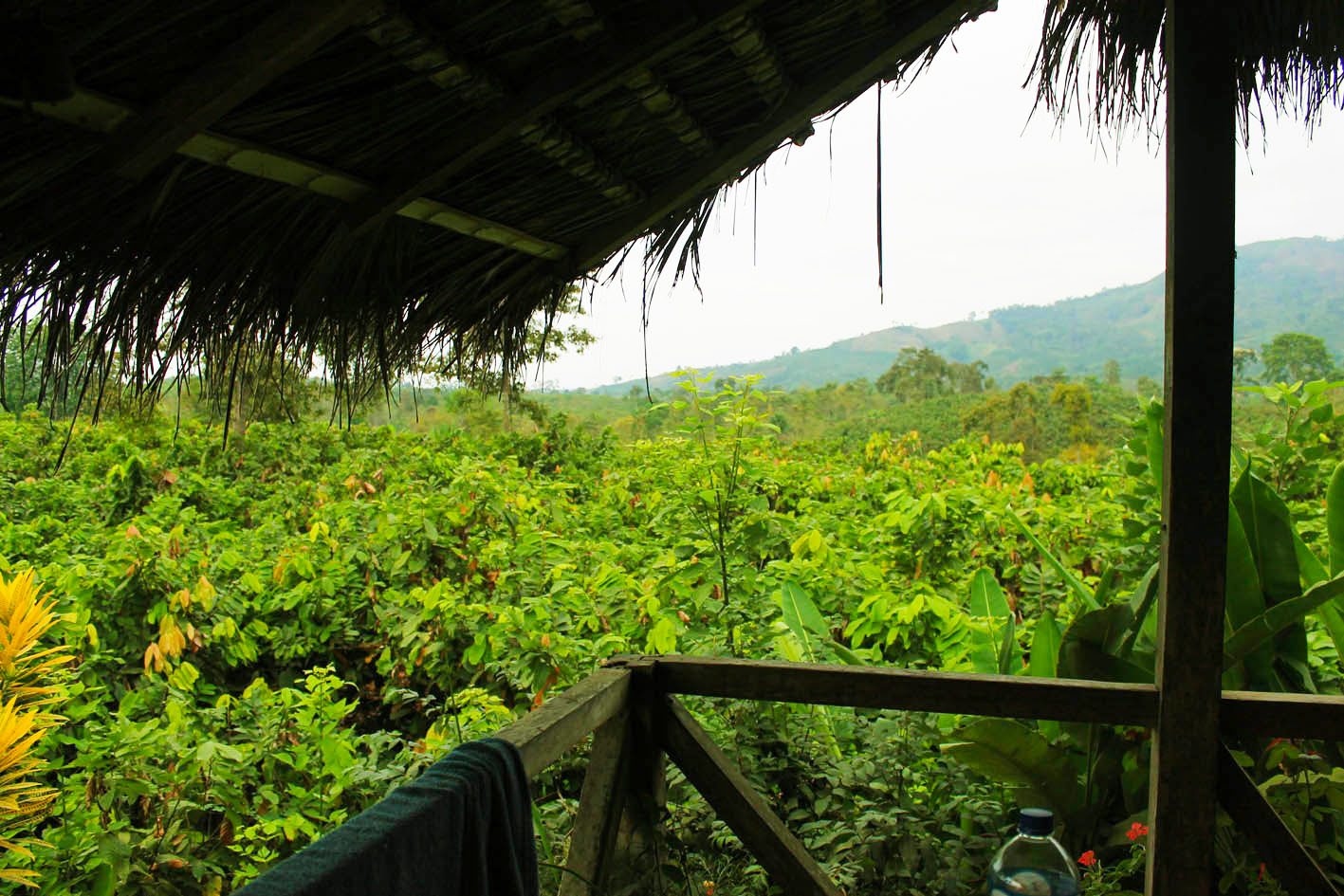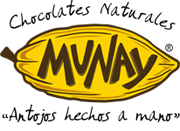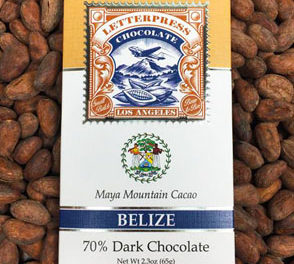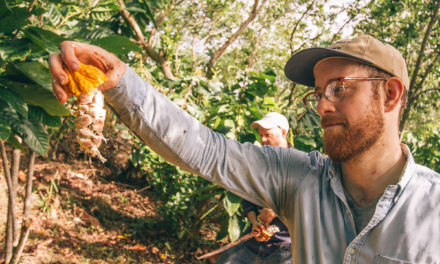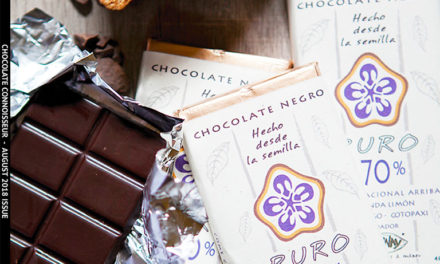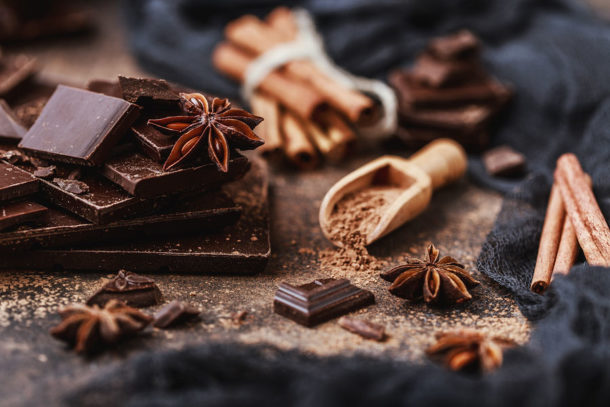In Chile, that vastly long country framed by the Andes Mountains, the Bean-to-Bar movement is still relatively small. Indeed, it started just a few years ago, when two friends decided that fine flavor, sustainability, and transparency were the principles they would forever adhere to in chocolate making.
Allow me to introduce you to Munay Chocolate, the very first Chilean bean-to-bar chocolate producer, recently awarded a Bronze Prize in the AoC Awards. Today Paulo Costa Del Rio and Bernardita Almarza, the skilled craftspeople behind the brand, join us in this interview to tell a little of their story… of their adventure… into a chocolate world slowly blossoming in Chile.
Hacienda Limón in Ecuador
Fernanda Bravo (FB): What is the story behind Munay, and how did you decide you wanted to make a bar from scratch?
So, I got the inception of an idea, that lingered for a while, about creating my own bar from scratch, in a very old school way. The chocolate market is underdeveloped in Chile and in South America, and I wanted to do something about it. Why not? So we started working with some very good Ecuadorian chef’s chocolate. We made a lot of mistakes. Everything was trial and error.
One day, an importer brought me some samples of these very special cacao beans, and you should have seen them! I was struck by their beauty… they looked so spotless. I was impressed by the aromas and the size: these beans were big, beautiful, and flawless. They happened to be from Hacienda Limón in Ecuador, and I thought it was meant to be, so I looked no further… I knew already, these were my choice!
Finally, I crafted my very first bar from scratch, as I’d always dreamt… a nice, rustic chocolate, as I’d seen done in Venezuela or Mexico. I didn’t roast the beans, because back then, I didn’t know how! It was what you would call a raw bar… “Cruda” as we say here. I took it to Samuel, the owner of Hacienda Limón back in Cotopaxi, Ecuador, and he loved the bar’s profile. That was one of my biggest rewards.
From then and on, we’ve been passionately crafting and testing new flavors, new profiles, experimenting with the roasting, the conching, inclusions…
It’s given me so much satisfaction. Our range of bars has grown slowly, because we test every single step until we reach a complete, pleasing result.
FB: Which features of your chocolate do you think were the ones that earned you the Bronze Award at the last AoC (Academy of Chocolate)?
The final recipe took many adjustments of different parameters, from the roasting to the conching, but this is a bar that we’ve offered here to our customers for a while. It was not an exclusive recipe created just for the competition. We decided that it had to be the same chocolate.
It’s a very intense chocolate, with silky melting properties, a beautiful glossy shimmer, a perfect snap, and a delicate floral scent, according to the Academy feedback. You can also feel some hazelnut notes with hints of green apple… and a long-lasting delicate aftertaste, very particular because it kind of comes and goes.
We achieved this with the roast, but it’s because of the beans. You need to work this variety of beans in a very delicate way. I think that’s what the panel liked. This bean breaks the rules and pushes the boundaries.
Cacao beans drying at Hacienda Limón
FB: Can you give us a little input about these special beans you work with, from Hacienda Limón?
They are pre-dried to get rid of the agua sangre (literally means blood water), a process through which acidity is eliminated before fermentation. This results in a very delicate profile. It’s such a privilege for us to work with this variety, and we are the only ones who do it in Chile.
Paulo Costa Del Rio at Hacienda Limón
FB: From your perspective, what can you say about the Bean to Bar trend in South America?
These cacao growers that I’ve known, they realize they own excellent raw material. Genetics, origin, and proper processing are the essential first steps for the creation of a fine chocolate. But it does not come easy, you must master every step of the process, and that takes a while.
I think in around five years from now, everyone will be making bean-to-bar chocolate. Currently, Brazil has some crafters… there are also a few in Perú and Argentina… but it will be a boom probably everywhere in South America. I like that because it forces us, as makers, to look for ways to differentiate… to learn how to manage our own points of difference. Customers will need to be seduced by flavors, profile, mouthfeel and aromas.
This way, the market opens up, it grows with more brands, it gives people the chance to go beyond the typical. Variety is a desirable characteristic in the industry. In countries like the US you can find magnificent bean-to-bar chocolates because there are many outstanding crafters, and healthy, open competition that drives innovation, much to the delight of consumers. This promotes quality.
Eacuador’s beauty shines…
FB: Do you feel there is a need to follow the trend or do you feel more comfortable innovating?
We need to be constantly experimenting, and if we don’t like something then that’s fine, we keep looking for new stuff… but we will never stop testing. That’s the beauty of crafting your own chocolate from scratch.
Website: http://www.chocolatesmunay.cl
Facebook: https://www.facebook.com/chocolates.munay/?fref=ts
Instagram: https://www.instagram.com/chocolatesmunay/

